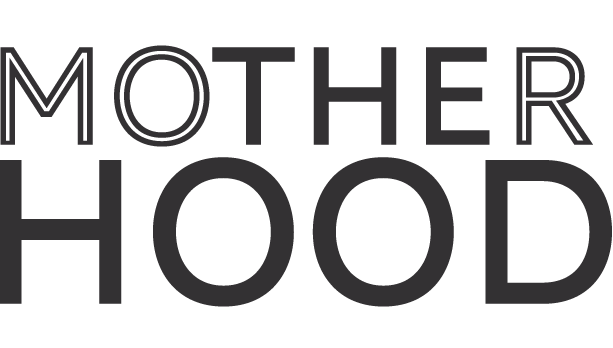Nick May hasn’t always been a professional baker. For many years he spent his working life publishing books on international law. But on the side, he has always loved making bread. Earlier this year he took the leap to make his hobby his job. Now his days begin at 5 a.m. in a railway arch in west London, mixing, kneading, shaping and baking hundreds of loaves of beautiful natural breads.
Nick named his bakery The Slow Bread Company to encapsulate his approach to making, as he affectionately calls it, real bread: flour, water, salt, wild yeasts—and time. Because natural yeasts leaven the dough slowly compared to commercial yeast, Nick’s bread is left to rise and ferment for 24 hours before baking. The result is a chewy and flavoursome loaf with a crackly crust, bread that is delicious on its own or as the base for a hearty sandwich.
Easy does it
As much scholar as baker, Nick explains the difference between his bread and the bread we’ve become accustomed to in the grocery store: “Modern commercial breadmaking underwent a major change in the late 1950s and early 1960s with the introduction of the Chorleywood Bread Process. A government scientist after WWII set out to create an industrial process to make bread on a large scale with the softer flour found in the UK. This is a worthy goal, but there were unintended consequences. The process was efficient, taking only an hour and a half before bread could be baked, but there was no time for fermentation, so the nasties—gliadin and glutenin [which combine to form gluten]—weren’t broken down at all.”
In order to accelerate the commercial process, the dough is mixed at high speeds, and additives give it strength, extend its shelf life and keep it soft in a plastic bag for weeks. Because these additives are considered part of the process rather than ingredients, they do not need to be identified individually on the label of the bread. Instead ingredients often simply list “bread improvers”, a vague catch-all for a variety of “improving agents” available to the industry.
Nick learnt to make bread in his grandmother’s kitchen using fresh yeast from the local baker. Out of frustration that the real bread of his youth was not readily available, he simply continued to bake his own at home the way his grandmother and his mother had done.
A little over 10 years ago, he became interested in naturally leavened breads—breads that get their rise and flavour from the wild yeasts that are naturally present in flour and in the air. One day his wife took one of his loaves to her office to share. Her colleagues were hooked, and Nick began making extra loaves for them. He then took his loaves to a local deli in Queens Park to see if they’d be interested in buying some. They too were impressed, and started placing regular orders. Eventually the deli asked Nick to supply all of their bread, a feat that was well beyond the capacity of his home oven.
Under the Arches
Ready for a change and a challenge, Nick found the perfect space in Stamford Brook, a light and spacious railway arch that provides enough electricity to run the commercial deck oven and refrigeration equipment needed to produce hundreds of loaves a day. But even on this scale, he continues to make his bread the same way he has for years, using only the best local ingredients. Nick believes that this makes a profound difference in quality, character and taste of the bread.
He also believes his bread is healthier. Not only is it more wholesome, but the long fermentation and lack of additives make it easier to digest than commercial bread. Though his bread is not appropriate for those with coeliac disease (an immune reaction to eating gluten), many people who react poorly to grocery store bread have no adverse effects from traditionally made bread.
There is plenty of interest in making real bread. Nick currently has one full-time employee and relies on a handful of faithful volunteers who help out in order to learn the art of breadmaking at a professional level. Starting this November, Nick is also planning to teach hands-on classes in the afternoons. Students would take home the bread they baked, recipes, starter and professional tips.
But if that isn’t your thing, you can always buy Nick’s bread—from fig bread to walnut and raisin boule, from a challah loaf to baguette à l’ancienne—at local delis or you can ring him up and place a bespoke order. Slow Bread Company goodies are found at Drink Me, Eat Me, Brackenburys Deli, Mortimer & Bennett, Outsider Tart, St Helens Deli and Upsy Daisy Bakery.
The Slow Bread Company
About the author:





